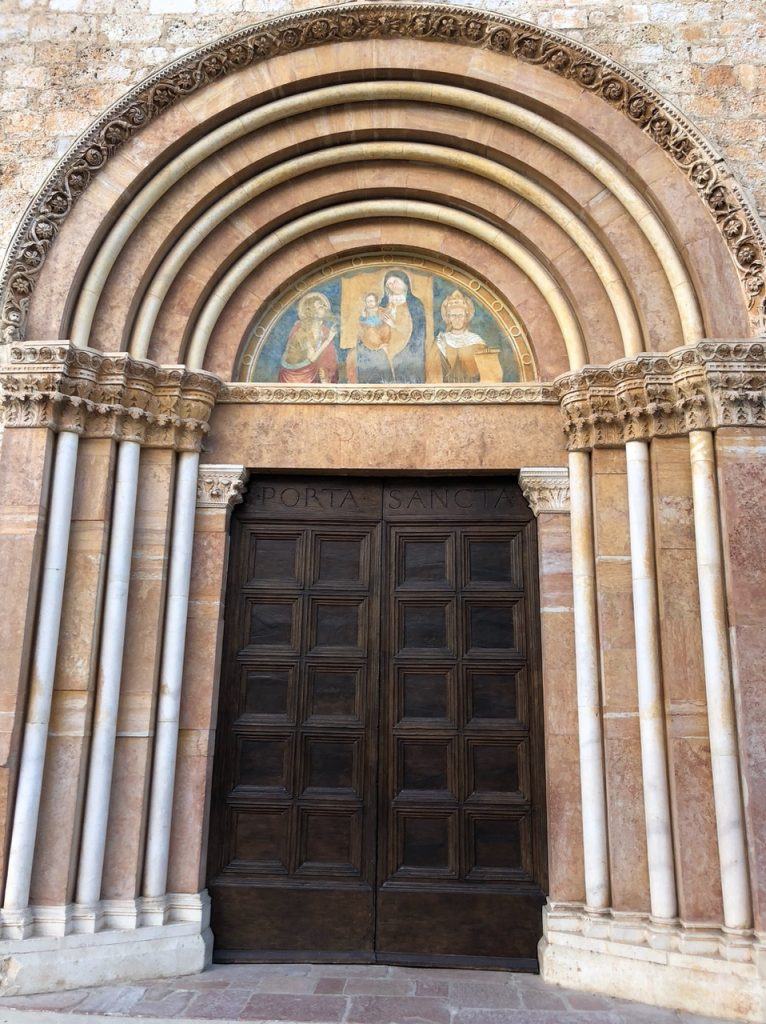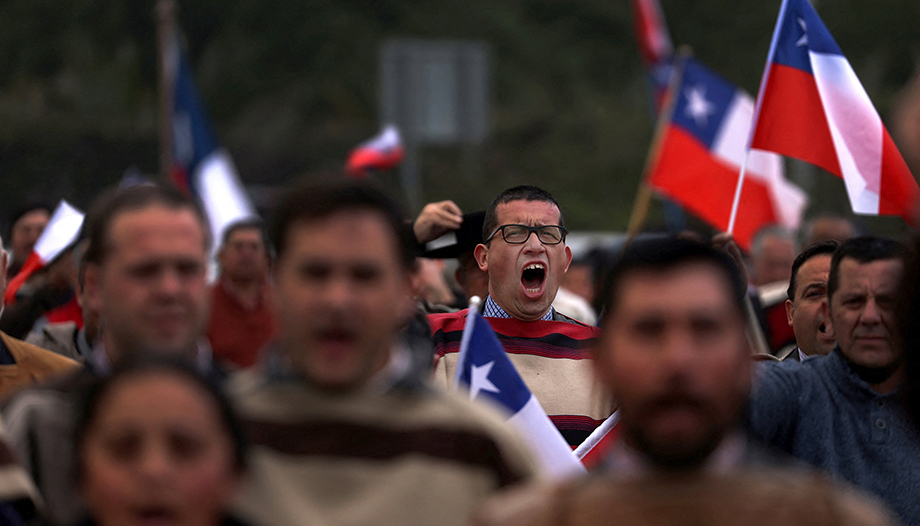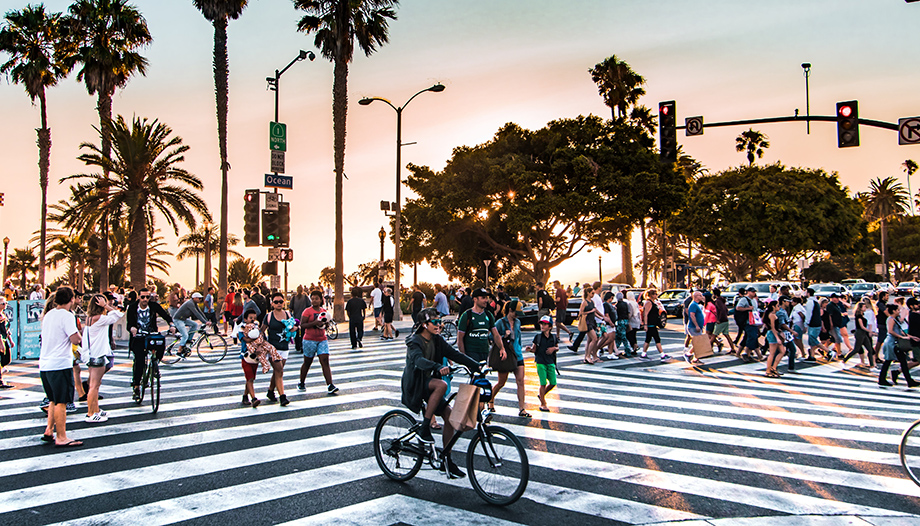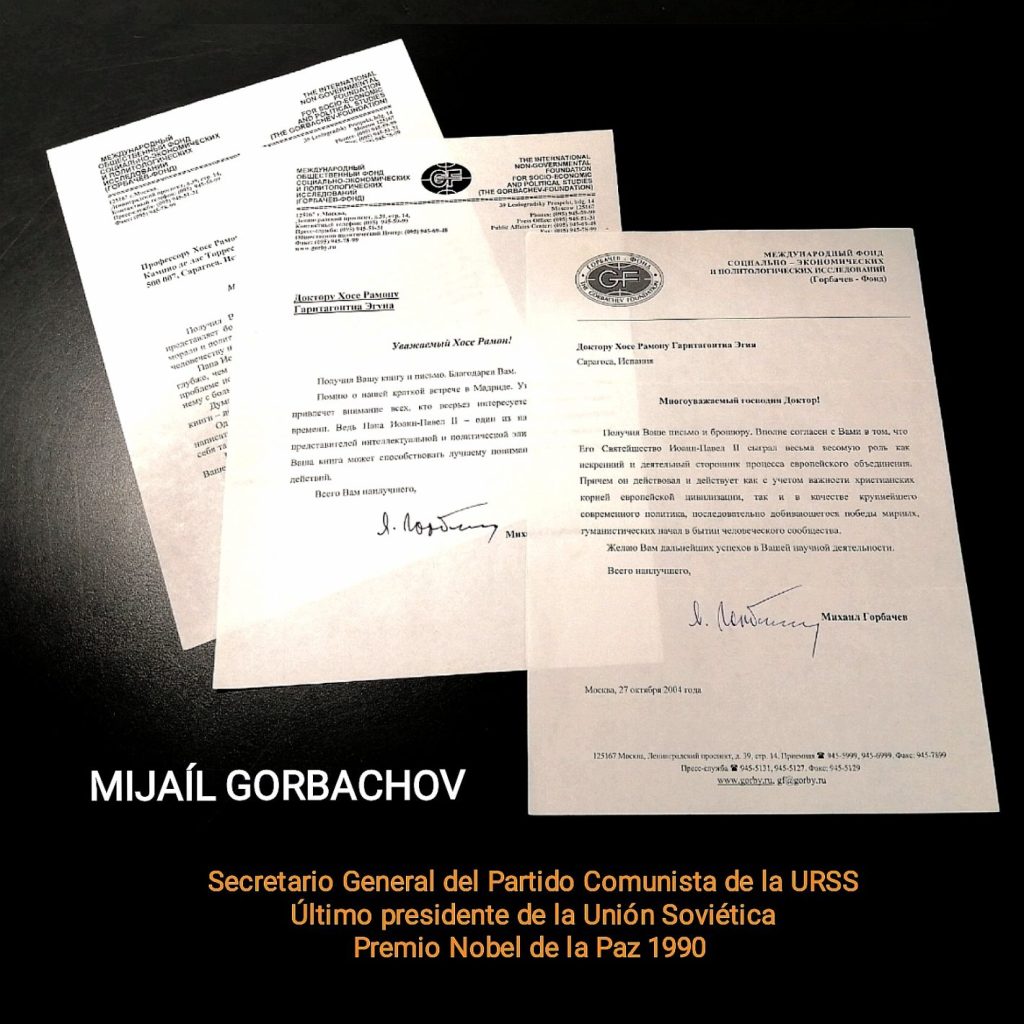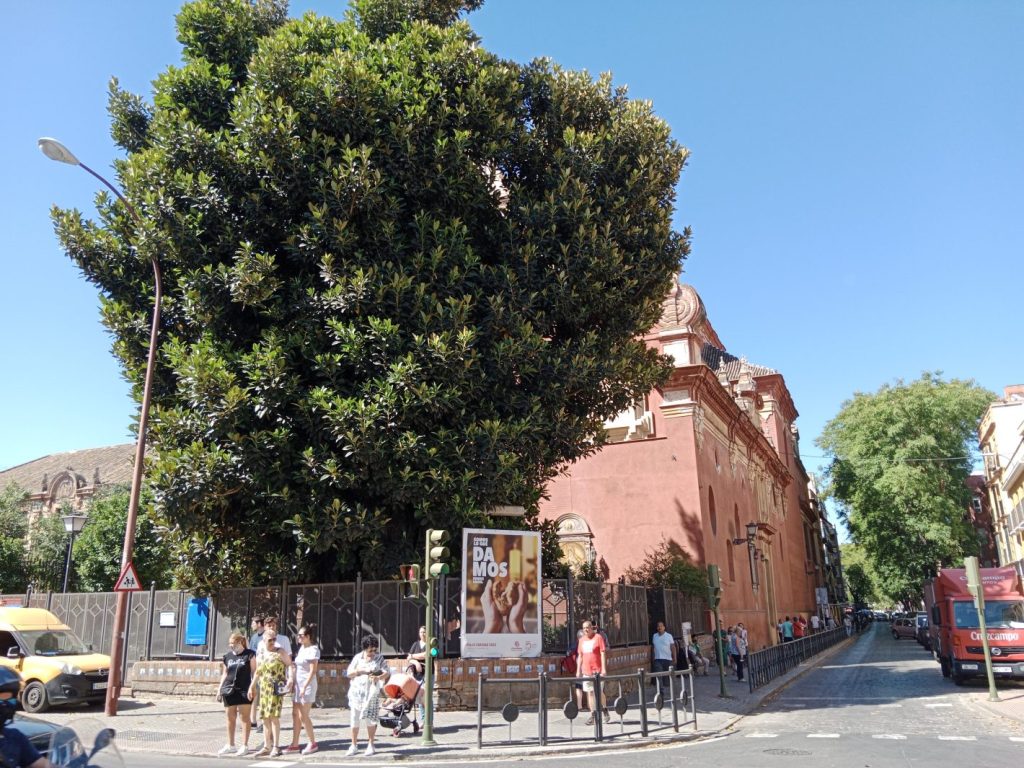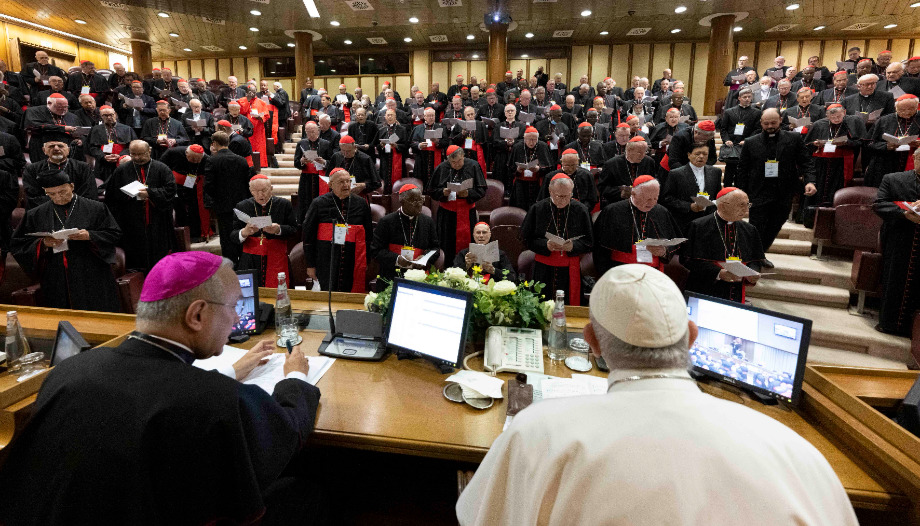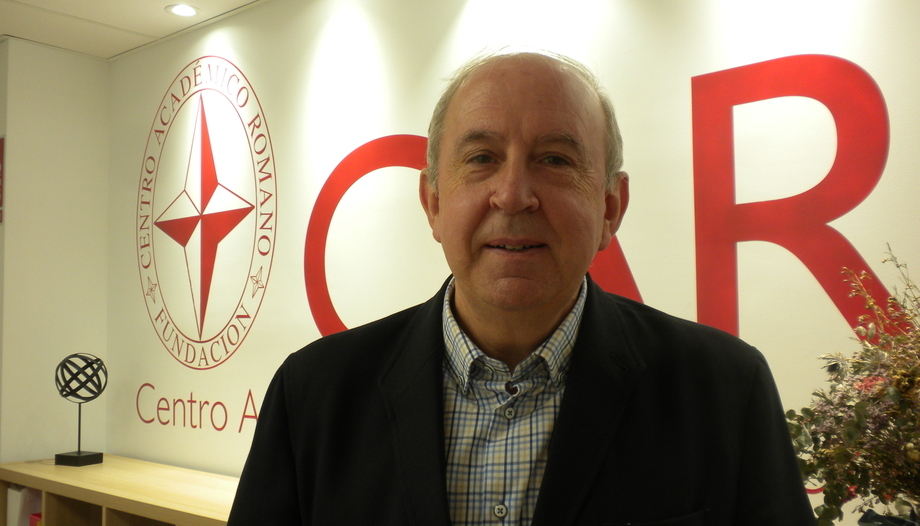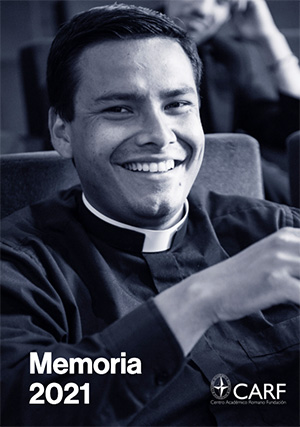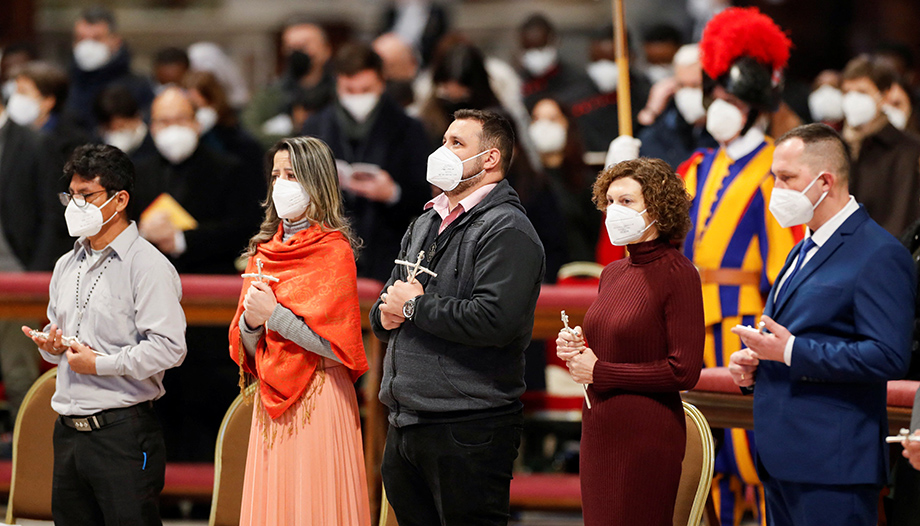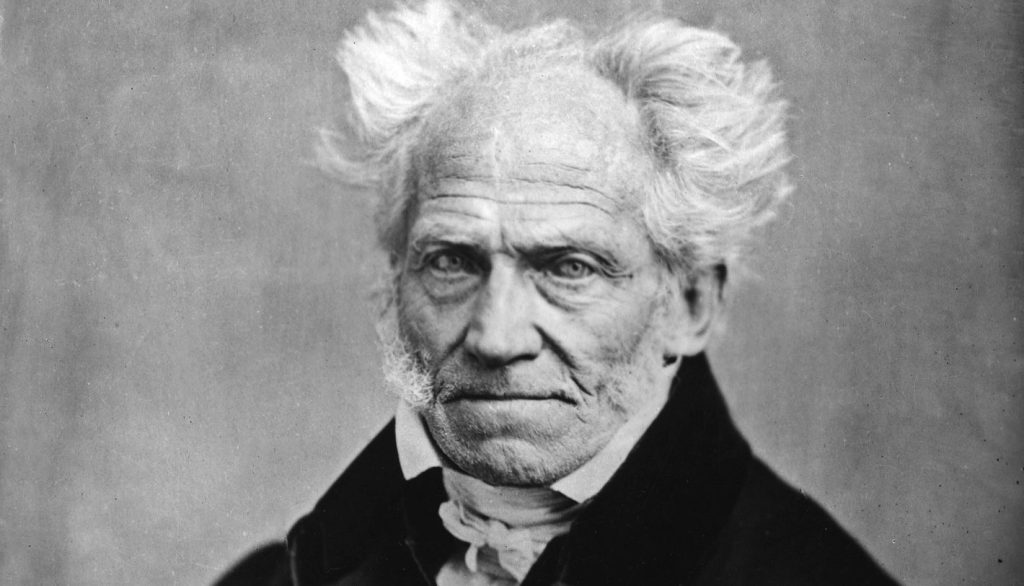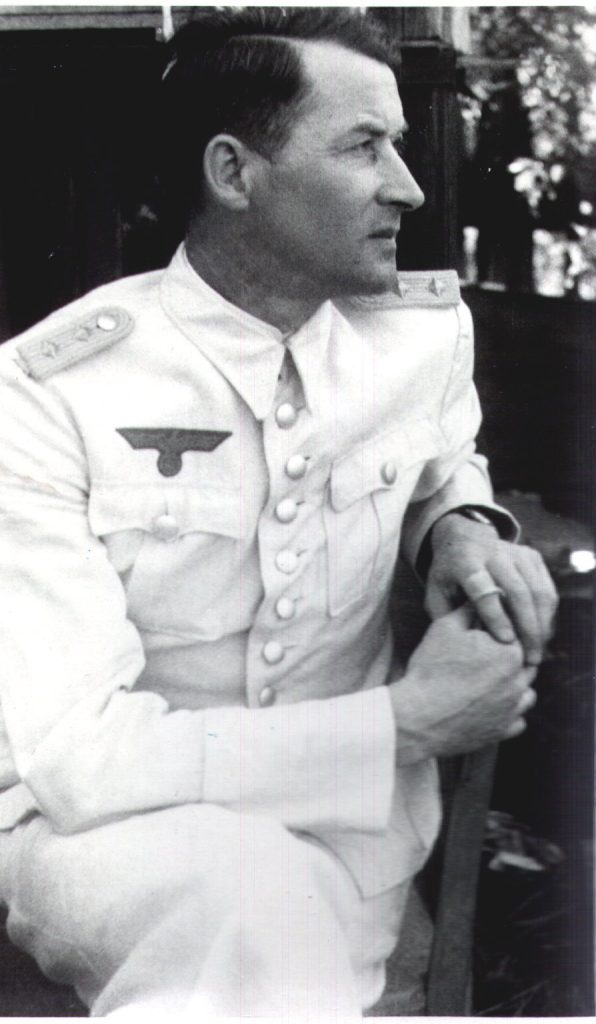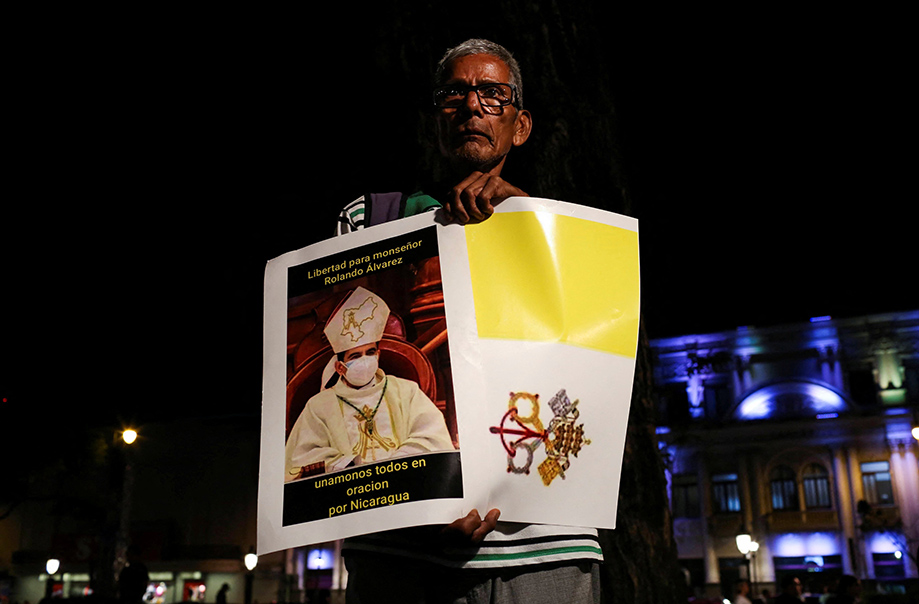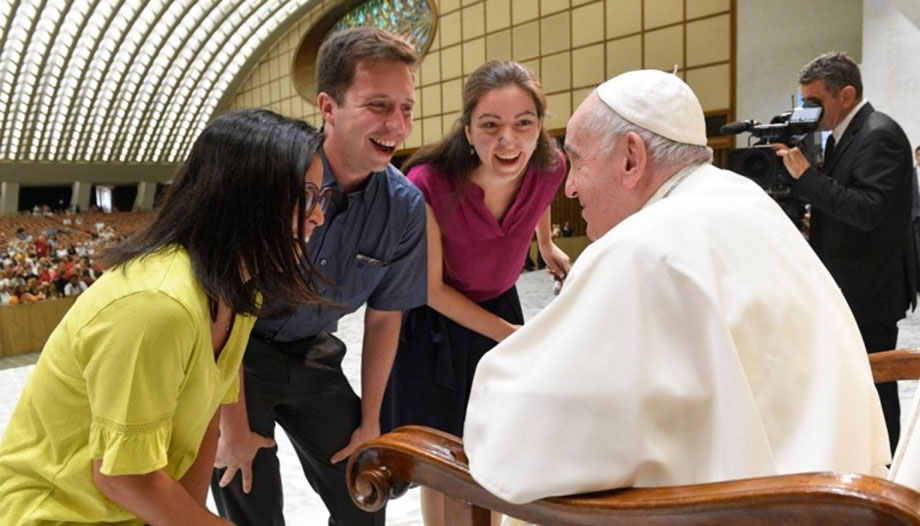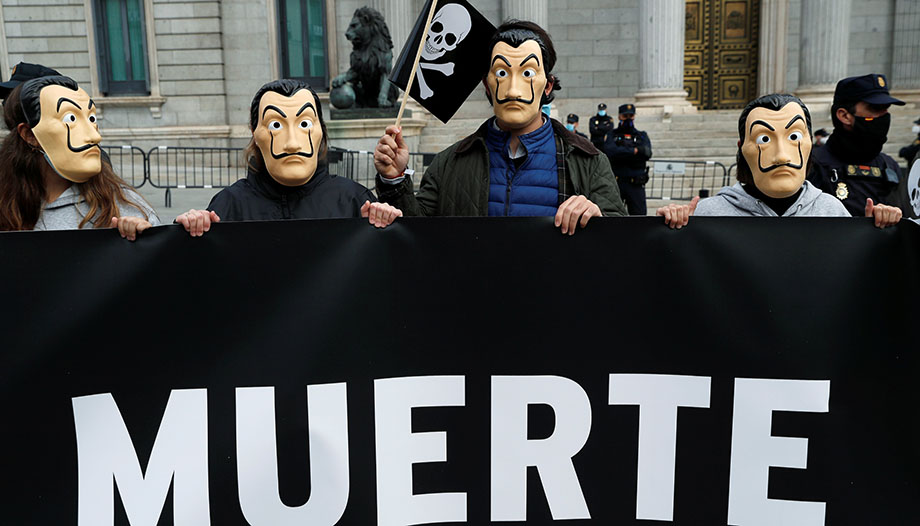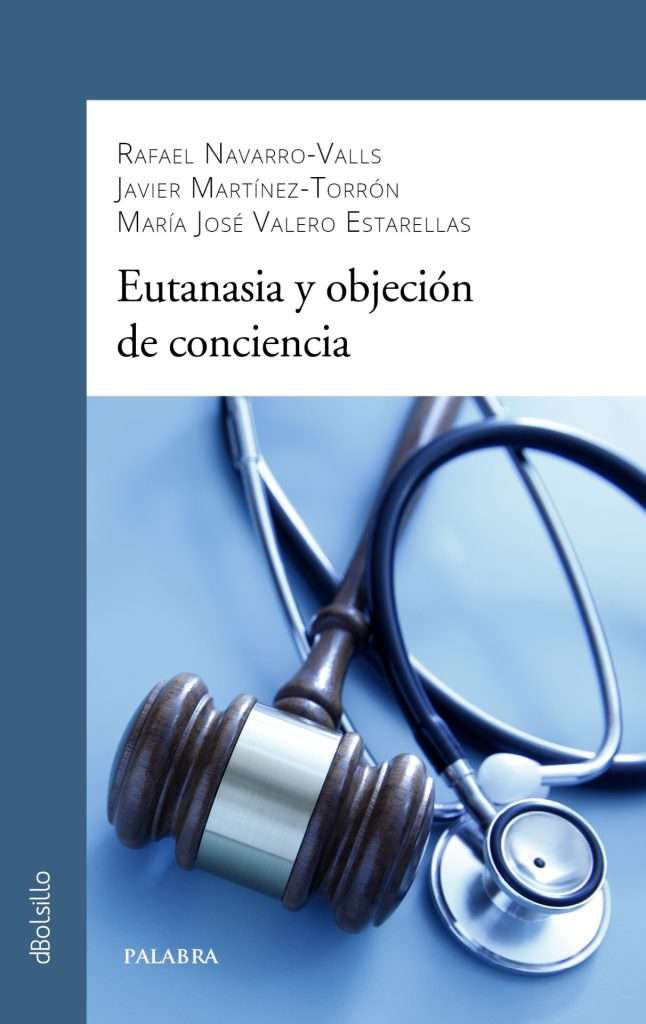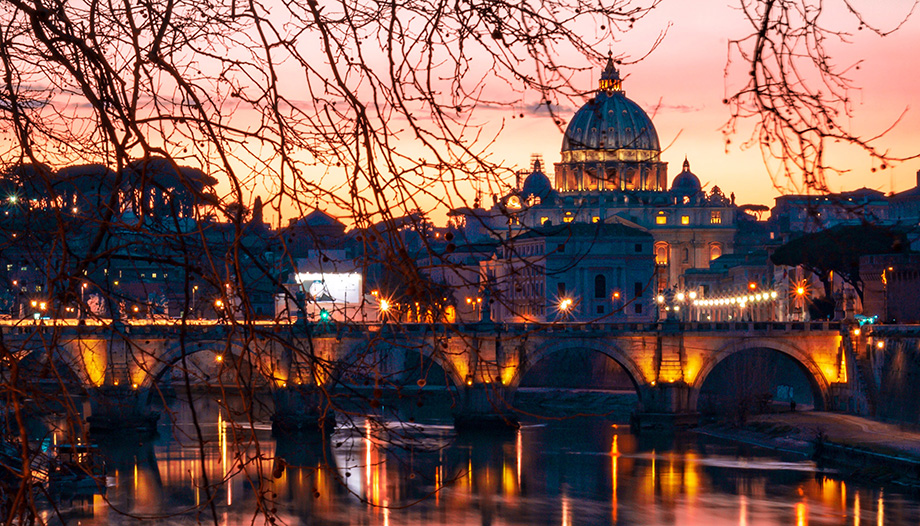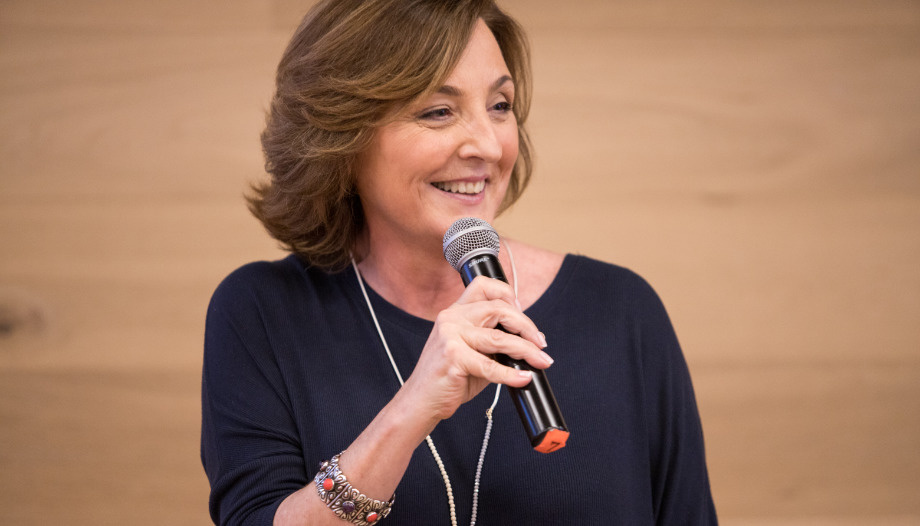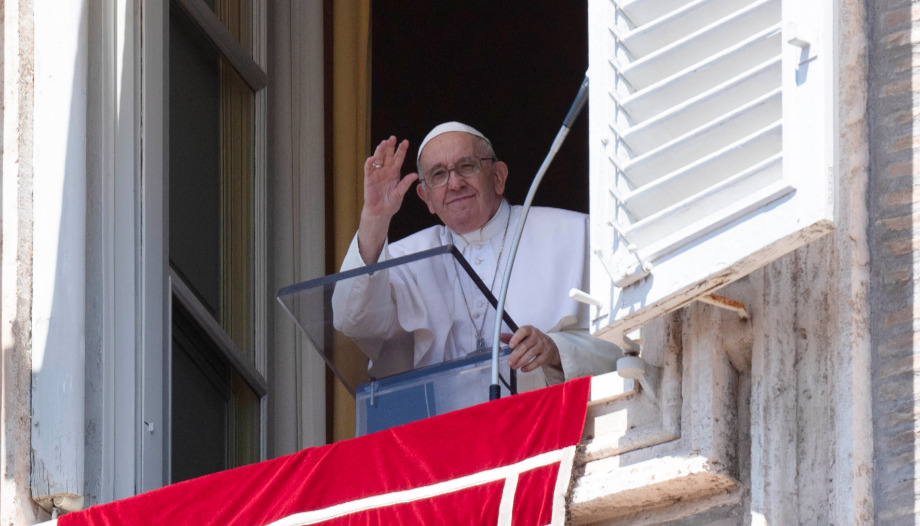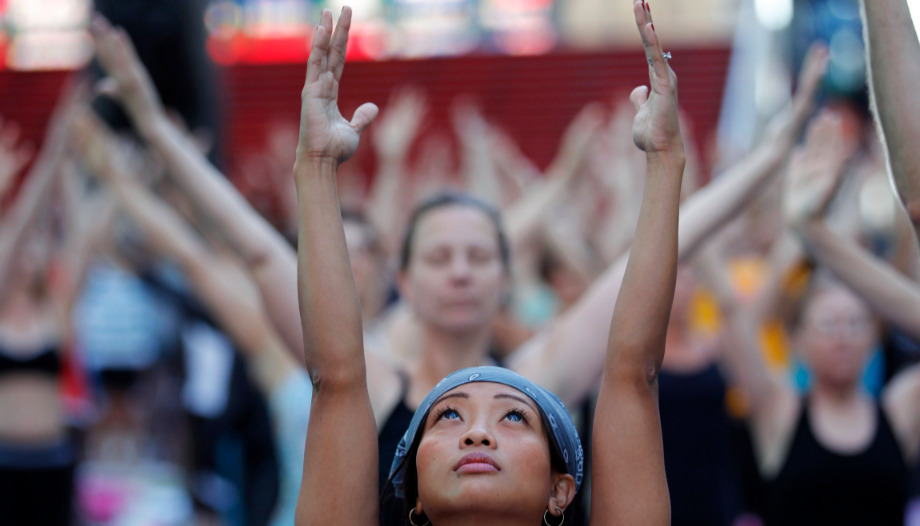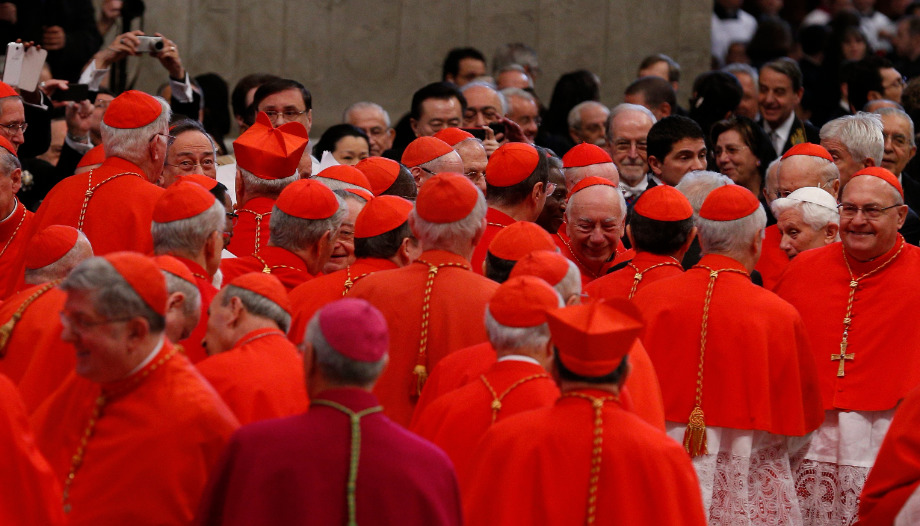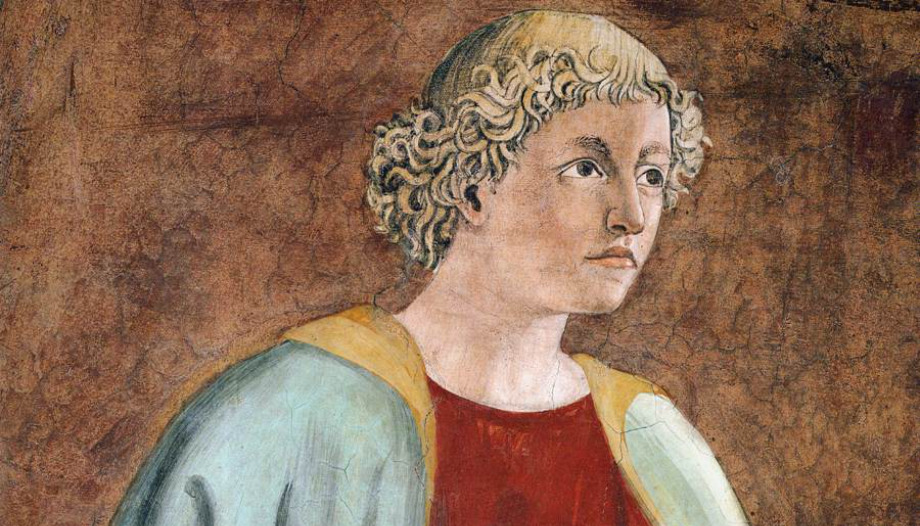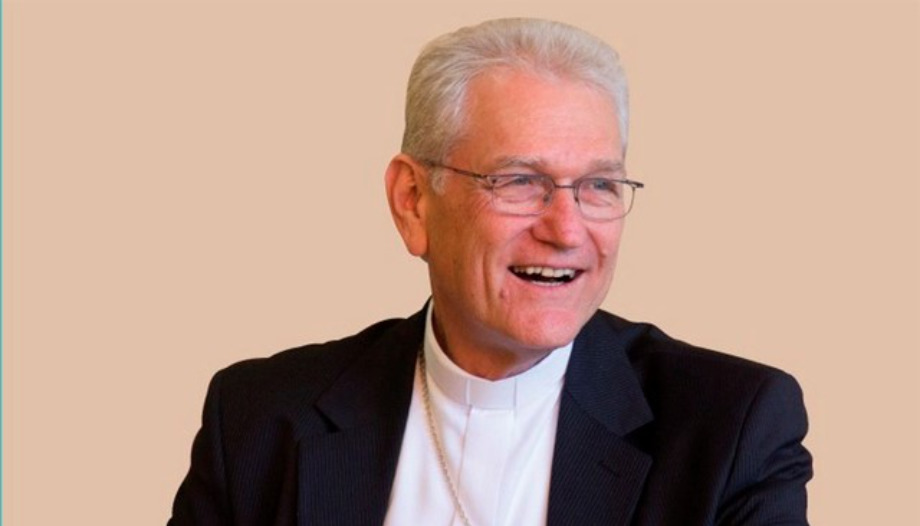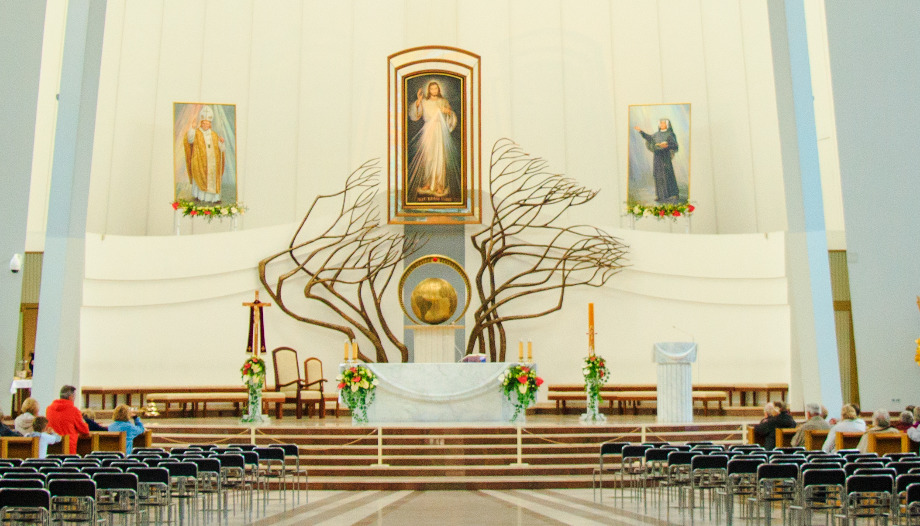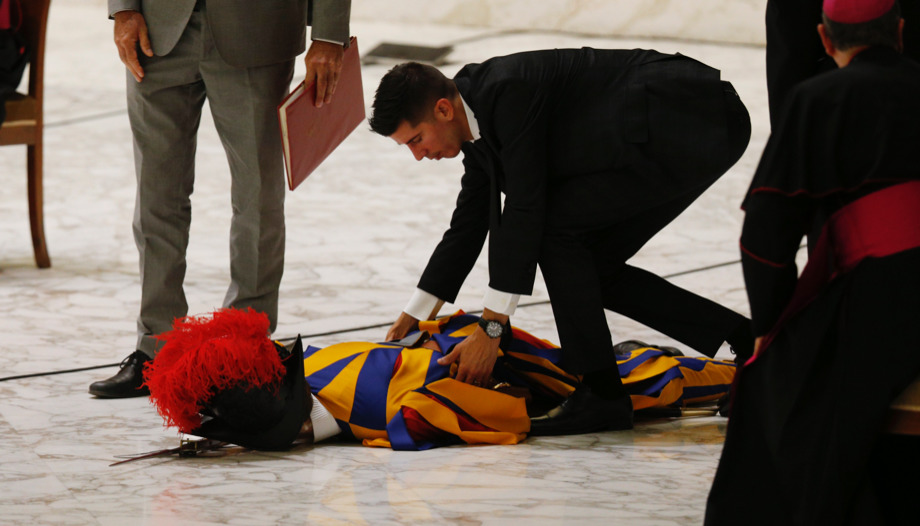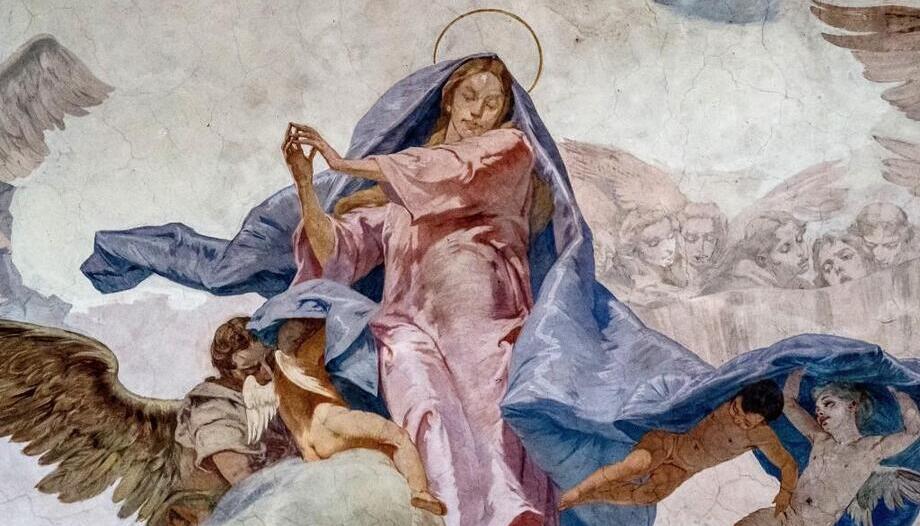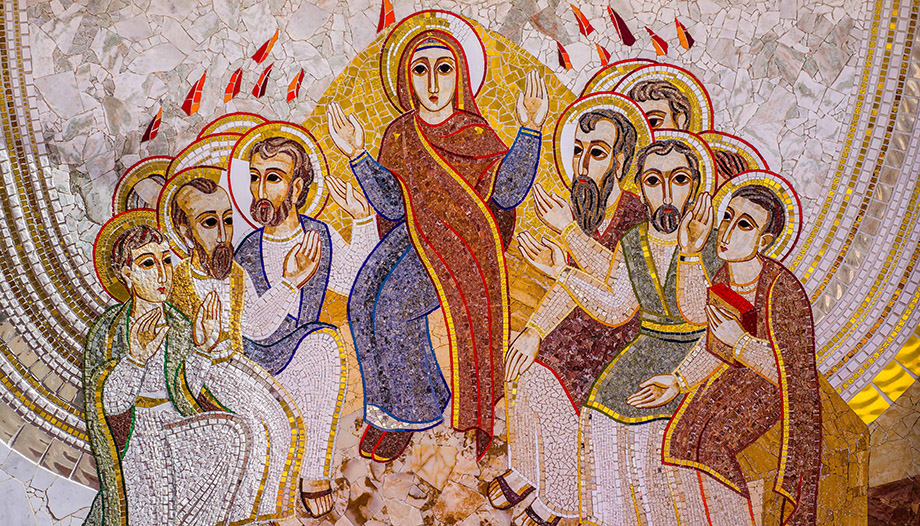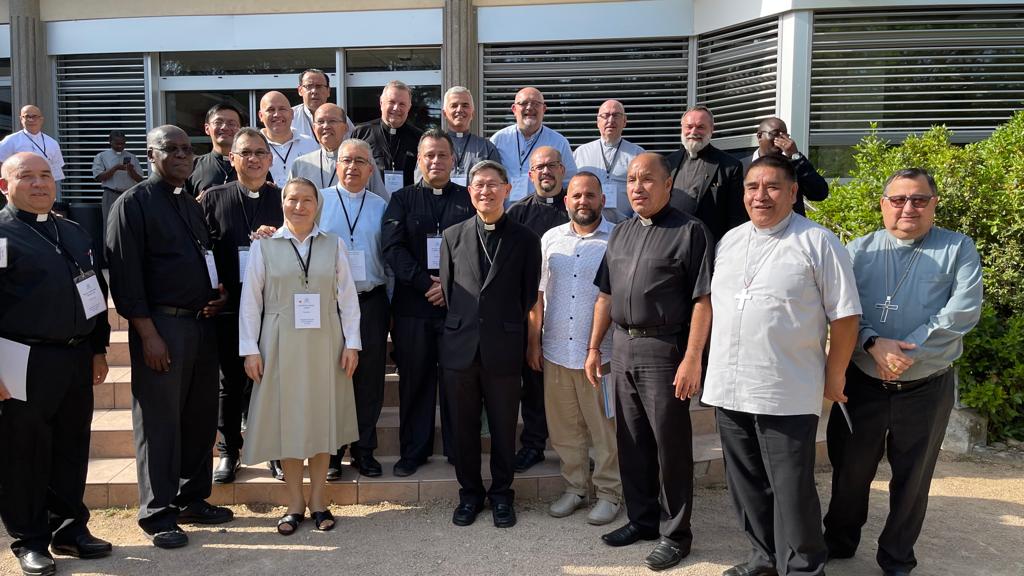"If you want to be successful at work, you first have to manage yourself. This requires inner excellence or spirituality." And this includes a serene life, with less stress.
We agree, but we wonder: who said so? What is it and how to achieve this inner excellence in the suffocating daily work? How to make it compatible with a family: small children and parents who also need care? With professional yearnings and desires to change the world? With the lack of time, the competitiveness of the environment and the numerous commitments?
Without thinking too much, because there is no time, we want to leave the theoretical management of ourselves and spirituality to those who separate themselves from the world. What we desire is to solve the immediate, success, influence, power, money, concrete goods... Although we also long to rest, to have peace, to live serene and relaxed.
The business world has proven that it is not only possible to combine a serene and relaxed life with success and good business, but that it is the best way to achieve it. The largest companies offer relaxation areas for their employees, yoga courses, mindfulness and other activities.
to reduce stress. All of this results in better individual, family and social health.
From traditional forms of rest to meditation
There are many forms of rest and relaxation. Reading a book that is not only interesting but also entertaining, the calm reflection of what has been read..., a walk contemplating nature, enjoying works of art, a piece of music or a painting, tourism that opens up to different cultures. And of course the dedication to the family, the conversation with friends, which makes it easier to take advantage of the weekends to oxygenate the mind and body.
The beneficial effects of sport and exercise are well known, especially when they are carried out with serenity. Less fashionable today are the more fiery methods of relaxation, such as strenuous and intense sports, in short half-day breaks, which were the ideal of every "yuppie" (acronym for young urban professional).
Stretching muscles and gently mobilizing them at all ages is healthy, prevents the risk of injury, reduces joint pain and helps to regain energy, agility and strength. It reduces stress and anxiety, improves mood, sleep quality and immune response.
Sometimes, exercise takes on elegant or poetic forms of the body. For example, in tai chi, adapted from Chinese martial arts, which can be seen in parks all over the world, from Tokyo to Rome: groups of people, in chorus or in isolation, smoothly deploy coordinated movements in perfect synchronization. Even very old people notice the benefit of these practices, with a better quality of life and even a reduced risk of falls and fractures.
These facts remind us that we are body and soul, matter and spirit. Numerous practices, ancient and recent, take this reality into account and try to satisfy both material and spiritual needs. The most common are forms of meditation, which combine introspection with bodily movement and the rhythm of breathing.
Classical meditation consisted of reflecting on the meaning of life, entering into a relationship with the sacred and, perhaps, addressing a creator or a divinity. Today, many people practice it to reduce daily stress, seeking inner and outer peace and calm, in a fluid exchange. The sacred is often forgotten. In practice, it is a matter of concentrating on a serene point of the mind and body, and that this attention somehow cancels the tormenting thoughts.
This pause in mental processes, with or without the sacred, acts as an emotional "reset". After a few moments of physical and mental relaxation, it is possible to see with new perspectives what was stressful before. The ways of dealing with stress are changed and imagination and creativity increase. The
In a certain sense, a reset mind gives way to a "flow", or positive and luminous flow, which improves patience and tolerance.
Diverse practices... and their multiplication
There are many types of practices that include or are a type of meditation. The state of reflective peace can be promoted by visual images, repetitive sounds, smells, textures, the dripping on the skin of oils in Ayurveda, the recitation of a mantra or word that occupies the mind and drives away other thoughts, transcendental meditation that seeks the relaxation of the body, mindfulness, yoga....
Each meditative style requires training to focus attention, and contribute to freeing the mind from negative emotions: fear, shame, anger, sadness, tension. All forms emphasize relaxed, deep and even breathing, using the diaphragm to achieve greater lung expansion.
They are usually done in a comfortable position and posture that does not interfere with the flow of thoughts, and in a quiet place with few distractions, including cell phones. But it is possible to concentrate and exhale calmly while walking, in the dentist's waiting room, or before an exam or public speech. When the technique is learned, the physiological benefits are clear: diaphragmatic breathing, as well as various deep muscle relaxation exercises, lowers heart rate and blood pressure.
Since the 1980s, meditation practices have multiplied and have become part of school and business routines, sports clubs and medical protocols.
Stephen Covey's well-known self-help book "The seven habits of highly effective people"(1989) gives great importance to the seventh habit, "sharpening the saw". Whoever cuts trees, he will say with a graphic example, has to stop from time to time and repair his tool; otherwise, he will progress more slowly in his task, until he completely destroys the tool.
Whoever works and wants to obtain good results must learn to rest, to relax, to take care of his spiritual and physical health - the body as an instrument - to dedicate time to learning, to be with others, to meditate.
In religious circles, where the search for the sacred should not be relegated, there is also a growing interest in Eastern forms of meditation. Advertisements for specialized courses can be found in university advertisements, in the hall of a hospital, on a bus or in places of worship.
We will look at the two most widespread forms of meditation in the West, yoga and mindfulnessThe Christian prayer or meditation is then commented on.
Yoga with its silence and abandonment
Yoga is a word that comes from Sanskrit. There are traces of its use since about 3000 years before Christ. The religious basis is Hinduism and corresponds to one of its six doctrines. Like other forms of meditation, it is presented as a method to reach balance and to leave aside suffering. It also has a moral purpose, the so-called "karma yoga", which consists in self-realization.
According to the doctrine of yoga, the human being is a soul enclosed in a body, which has four parts: the physical body, the mind, the intelligence and the false ego. In the Hindu religion, yoga constitutes a spiritual path to experience contact with the divine: the integration of the individual soul with God (i.e. with the "brahman") or its deity (who is the "avatar") and liberation from material bondage.
Yoga presents the eight steps of a self-realization that rests on three bases: suppressing the modifications of the mind, with silence; non-attachment, or non-self or nullity; abandonment to reach "samadhi", which is the full realization of oneself, an inner awakening, a spiritual force and communication with the divine.
As a form of meditation, it uses various postures (so-called "asana yoga") to act on the body and mind. There would be a special resonance from different energy points of the organism, along the spine. In sports stores around the world offer hundreds of products of all colors to practice yoga. The fundamental thing is to have a mat and a cushion, which are called "sabuton" and "zufu".
The keys to the practice of yoga are: slowness of movement, slow, conscious and directed breathing, and mental attention in a receptive state to what is happening. The postures can be accompanied by the repetition of a mantra, to concentrate on breathing in and out regularly and slowly.
Promoters claim that it has numerous positive effects on the body, especially stress reduction and increased concentration and mental clarity. In the body, for example, yoga exercises improve flexibility, coordination and endurance.
Many people practice yoga for its psychophysical benefit, with rejection or indifference to the religious background. In children's schools in India it is a compulsory discipline. There are also those who turn to yoga as a gateway to more Eastern religious experiences, and often it is not easy to detach from the doctrinal framework that supports it.
From Buddhist sati to mindfulness
Mindfulness is a more recent phenomenon, which takes meditation postures from yoga. It is the modern English translation of the Buddhist term "sati", considered a type of meditation.
Mindfulness is described in the collection of Buddhist writings, compiled with commentaries in the 5th century, in the "Digha nikaya" (DN 22). There it is stated as a prayer: "The path with a single goal, O monks, comes from the four pillars to achieve purification, to overcome weeping and lamentation, to turn away from pain and suffering: to observe the body, to observe sensation, to observe the mind, to observe the elements. The Digha nikaya also describes how mindfulness meditation is performed: with crossed legs and full attention, one should concentrate on breathing in and out, experiencing the body.
According to the promoters of mindfulness, its practice increases mental concentration (the "samatha" or meditation, which obtains tranquility by concentrating on the breath or reciting a mantra); it also sharpens the inner vision (the "vipassana" or meditation that is subordinated to the "sati"): for this it is necessary to focus or fixate on the same concentration.
The main disseminators of mindfulness in the West are the Vietnamese Buddhist monk Thích Nhât Hanh (born in 1926) and his American disciple of Hebrew tradition, the biologist John Kabat-Zinn (born in 1944). It was presented as the essence of Buddhism.
Thích Nhât Hanh gives an example of what mindfulness could be: "When you are washing the dishes, washing the dishes should be the most important thing in your life, the same if you drink tea or if you are in the bathroom...". He adds, "Living in the present moment is the miracle."
A question that expresses what this mindfulness could be would be: your body is present, and your mind is also here? The definition of mindfulness has been extended as total attention in the moment, a "particular attention to the present, with an attitude of acceptance".
Concentration on one's own breath and thoughts, in a non-judgmental and non-reflective way, is insisted upon. The "sati", they say, does not seek to eliminate thoughts or feelings, but not to identify with them. It is about considering them in an impersonal way, so as not to let them drag us down.
The promoters claim that it is a state of mind that everyone can attain, such as concentration, mindfulness and mindfulness. Concentration on the body, thoughts and feelings makes it possible to see the real nature of hatred, greed, suffering and resentment, to distance oneself from them and to reach nirvana. Through concentration, they will say, you empty yourself of yourself and suffering disappears: "sati" manages to move away from the false self ("anatta") and reaches the pinnacle of Buddhist ethics, which is compassion ("karuna"), detachment from selfishness, uniting us with everyone and the universe and lovingly caring for universality.
Mindfulness has cultural manifestations, such as the tea ceremony in Japan, in which the social moment of meeting with others, unique and unrepeatable, is appreciated, sharing a drink and a space for relaxation in one's own home.
Expansion of mindfulness
In the West, it has been insisted that it is a skill without religious overtones. It was introduced in medicine as a mindfulness-based stress reduction technique: Mindfulness-Based Stress Reduction (MBSR). It is used in depression, anxiety, obsessive-compulsive disorder and other pathologies. As in other forms of meditation applied to medicine, adverse effects have been described, due to excessive concentration on one's own thoughts. The hyperreflection can accentuate some psychic disorders.
Mindfulness is offered for children and adults. It is used in addictions, for a better sexual performance, in pregnancy and pre-partum, in burnout, in business and in daily life... There are digital applications that move millions, associated with universities and companies, such as Harvard and
Google to name a few.
It has become a consumer product that is sometimes presented as infallible to give peace. For this reason, some speak ironically of "McMindfulness". Like yoga, it is not always easy to separate it from its religious background.
Most yoga and mindfulness academies insist that they are not a religion, but a discipline that tries to combine the harmony of spirit and body and relaxation. However, in many books and in gyms, concepts from Hinduism or Buddhism are explained. Sometimes perspectives of this type see in the cross of Christ a simple masochism.
The increase in meditation practices, more or less linked to religious concepts, manifests a thirst for spirituality. They can contribute to remedy the dispersion, they give importance and space to the body and its
energies, and help to control and expand the interiority.
How is Christian prayer positioned in the face of the need for peace and wholeness, for spirituality?
Christian prayer as a form of meditation
Prayer, present in many religions, is the most frequent method of meditation. Its health benefits have been proven in numerous clinical trials. The forms are varied, from the repetition of words, sometimes as a mantra, to silent union or dialogue with a higher being.
In Christian prayer, it is affirmed that one speaks with a personal God, who listens to and loves the human being. Although less present than in other religions, the psycho-physical symbolism of the body is not excluded, and of course it is advised to pray with serenity and relaxation. "Prayer involves the whole person": it is
prays with the whole being, which includes the body and the heart or affective world.
Somehow meditation, even without recourse to the sacred, makes one feel not the center of the universe, but part of it, which counteracts the egocentric tendency of the human being. Christian teachings give more clarity to this aspect. The goal is not to observe oneself or to achieve balance alone, but to love others, which involves effort and a certain tension.
To turn to God, to feel his presence in the silence of the heart, stimulates us to go out of ourselves. To discover that there is a God who sees us, hears us and loves us is a good way to focus our conscience on what is important. This can be done through moments of peace in every practice of piety, especially in the following moments
prayer, which permeates thought and action.
It is a good way to reduce worries and negative thoughts about oneself and others, and to discover a new meaning to life. Little by little, those who pray come to interiorize Christ, in an "intimate relationship of friendship", in a prayer of recollection and peace, as St. Teresa wrote.
Jesus was one of us, with our affections, actions, desires and thoughts. It is a matter of observing and imitating his gaze, his face and his heart; and all with the direct help of God himself: the Holy Spirit, who enlightens and gives rest to those who turn to him.
Christian prayer, which, far from leaving aside the sacred, is a dialogue with God, is a source of optimism and reduces stress in a deeper and more permanent way than the meditative relaxation of oriental foundations. The past is abandoned, realizing the mistakes. One faces the present, striving to improve; and one looks to the future with hope, wishing for a better world for all.
We learn to share the earth with men and women from all walks of life, with fish, birds, plants... Inviting to sing "to the sun, the moon and the smallest animals", we renounce "to turn reality into a mere object of use and domination"; and we recognize "nature as a splendid
book," as Pope Francis wrote in Laudato si'.
Many saints emphasize prayer combined with peace. I conclude with a text of St. Basil, which sums up well the full consciousness, meditation or mindfulness of a Christian: "It is beautiful prayer that makes God more present in the soul [...]. This is what the presence of God consists in: to have God within oneself.
of himself, reinforced by memory [...].
We become a temple of God: when the continuity of memory is not interrupted by earthly concerns, when the mind is not disturbed by fleeting feelings, when the one who loves the Lord is detached from everything and takes refuge in God alone, when he rejects everything that incites to evil and spends his life in the fulfillment of virtuous deeds".
Contemplation of the cross of Christ and of his resurrection, of his most holy humanity, which, filled with love for the Father, has compassion for all to the point of giving his life for us, introduces us to the mystery of God's love. This contemplation helps us to root our divine filiation in the depths of our spirit, led by the Holy Spirit, and leads us to cry out "Father!" in all the circumstances of life: in the face of the good and the bad, in the face of what involves going out of oneself and giving oneself sacrificially to others.
Inner peace is proper to those who truly know themselves to be children of God and this truth is strengthened and lived if, docile to the Holy Spirit, we are women and men of prayer, contemplatives in the midst of our existence.
Prayer and our calm actions generate feelings of peace and well-being. How useful is the advice to manage oneself and take care of inner excellence or spirituality, quoted at the beginning. It comes from one of India's greatest entrepreneurs, Grandhi M.R., born in a small and poor village.
of Andhra Pradesh.
Differences between the various practices
Rest
➔ Traditional relaxation: reading, walking, nature, tourism...
➔ Other practices:
- Not to relegate the search for the sacred.
- Techniques based on relaxed breathing.
Yoga
➔ Religious basis in Hinduism. The human being as a soul enclosed in a body.
➔ Wanted:
- Achieve balance and let go of material attachments.
- Moral end: self-realization.
➔ Techniques: postures, mindfulness, breathing, mantra repetition.
➔ It is not easy to detach it from its religious and doctrinal background.
Mindfulness
➔ Religious basis in Buddhism.
➔ Wanted:
- Attend to the present moment.
- Consider thoughts and sensations in an impersonal way, without identifying with them.
- Reaching nirvana and joining the universe.
➔ Medical tool, but also consumer product.
➔ May remain linked to aspects of Hinduism or Buddhism.
Christian Prayer
➔ One speaks to a personal God, who listens to and loves the human being.
➔ It involves the whole person, which includes the body and the affective world.
➔ Stimulates to get out of oneself:
- It helps to focus awareness on what is important.
- It leads to a relationship of friendship with God and to love others.
It is a source of optimism. It reduces stress in a more profound way than meditative relaxation of oriental foundations.
The authorWenceslao VialPhysician and priest.






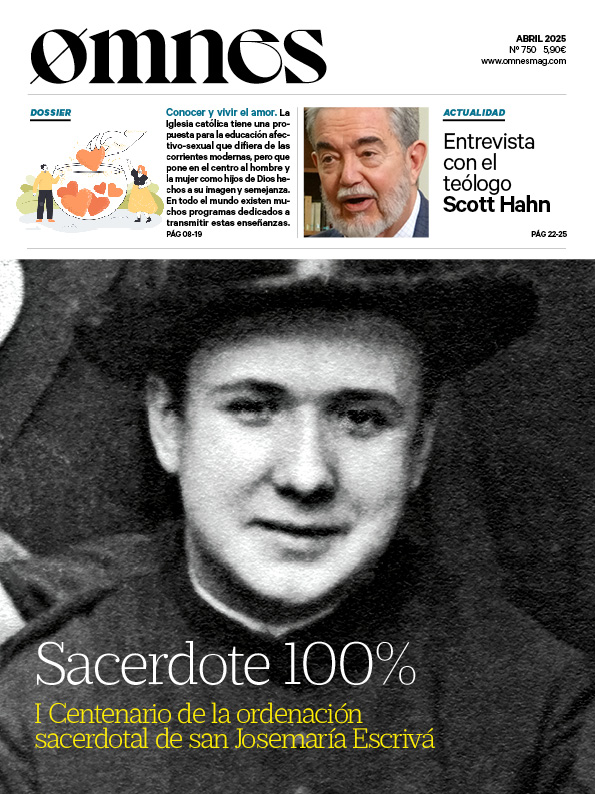


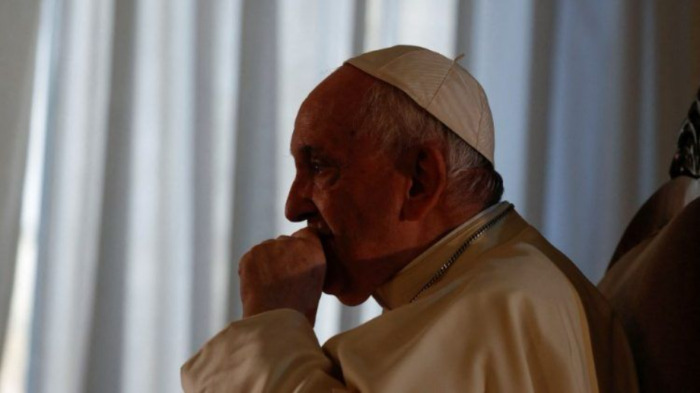
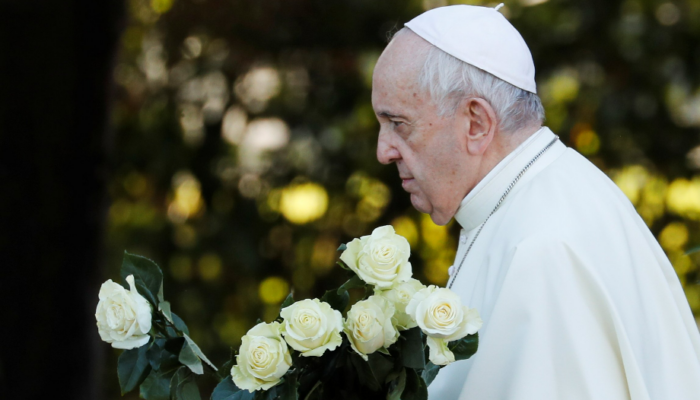
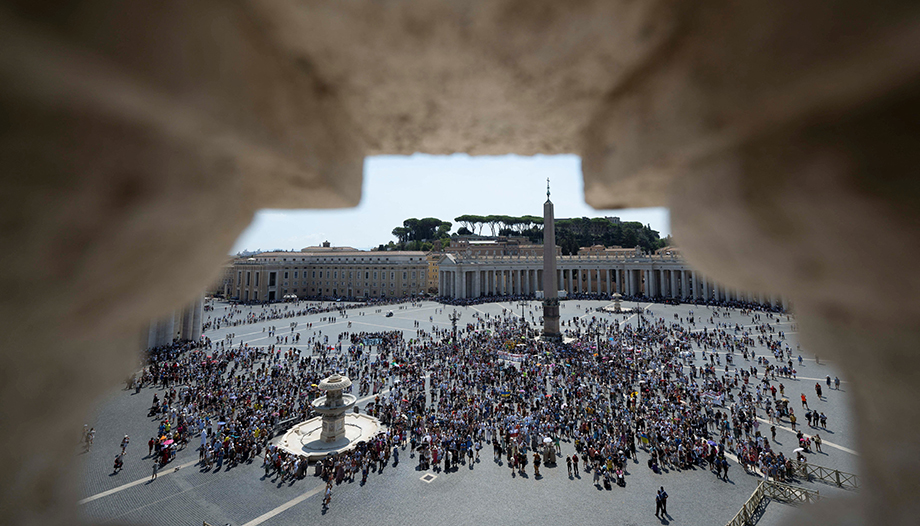

 Pope Francis opens the Jubilee of "Forgiveness".
Pope Francis opens the Jubilee of "Forgiveness".